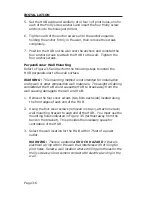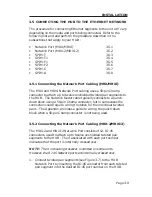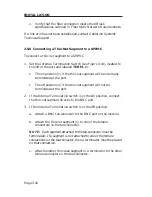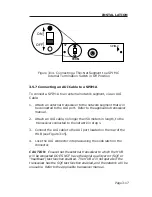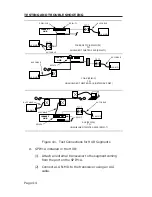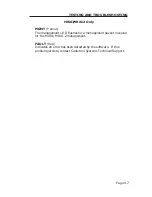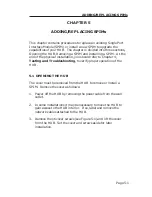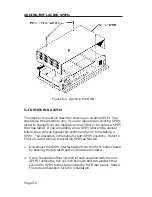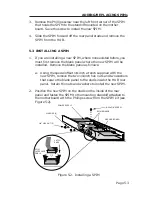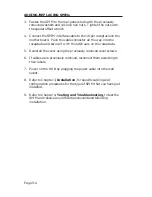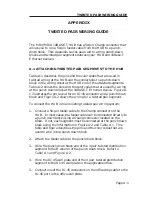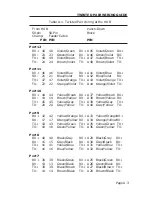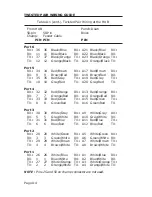
TESTING AND TROUBLESHOOTING
Page 4-1
CHAPTER 4
TESTING AND TROUBLESHOOTING
This chapter contains procedures to test the HUB after it has been
connected to the network. A description of LANVIEW and its
function in troubleshooting physical layer network problems is also
provided.
4.1 INSTALLATION CHECK-OUT
After the HUB has been connected to the network, verify that packets
can be passed between all Ethernet devices connected to the HUB
and any other devices connected to the network. If you encounter
difficulty with any of the attached devices, check the link as follows:
1.
Check that the LINK LED, if applicable, for the port is lit. If the
LED is not lit:
a.
Check that the 10BASE-T device at the other end of the
twisted pair segment is powered up.
b.
If you are testing a SPIM-T or SPIM-T1, verify that the
connector on the twisted pair segment has the proper pinouts.
Refer to Chapter 2, Requirements/Specifications, for the
pin assignments for twisted pair connectors.
For SPIM-F1/SPIM-F2 check that the TX and RX fibers are
properly connected.
c.
Check the cable for continuity. A variety of tools are available
for this test, depending on the media being used.
d.
Check that the twisted pair segments meet cable
specifications for dB loss described in 10BASE-T Twisted Pair
Network Requirements.
Summary of Contents for MRX
Page 11: ...INTRODUCTION Page 1 6...


